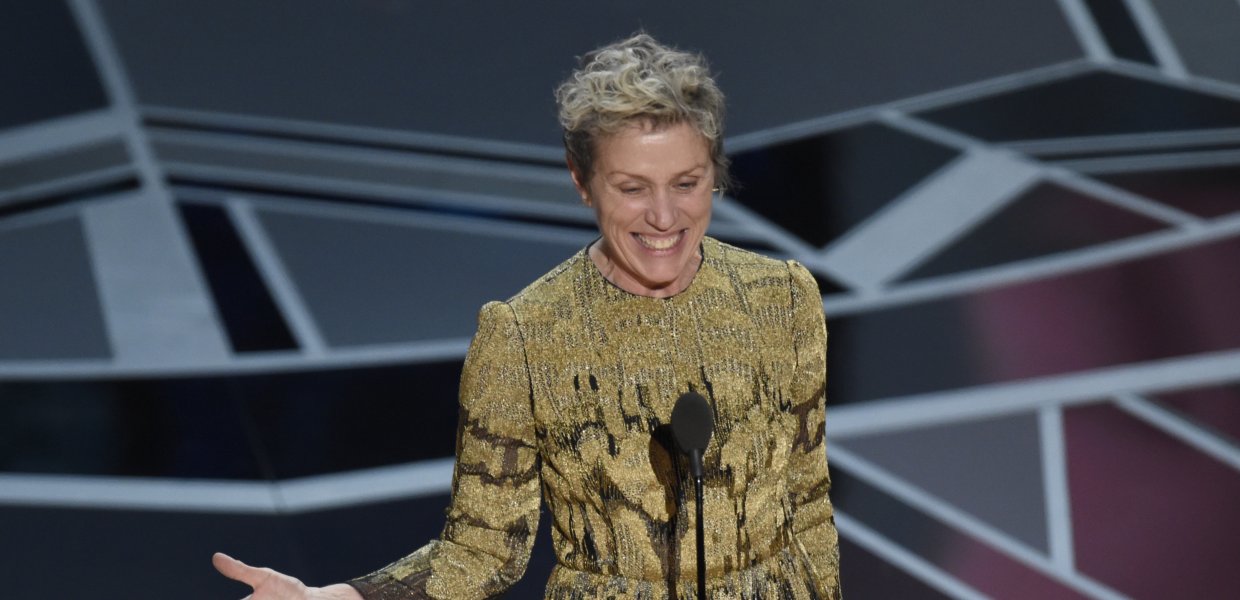On Sunday night, March 4, Frances McDormand ended her best actress Oscar acceptance speech with two words: Inclusion. Rider.
Stacy L. Smith, associate professor of communication at the USC Annenberg School for Communication and Journalism, first proposed the idea in an op-ed with the Hollywood Reporter in 2014. Smith worked with Kalpana Kotagal and Fanshen Cox to develop specific legal language. The concept is that A-list actors can incorporate a clause in their contracts that stipulates that inclusion — both on camera and behind the scenes for crew members — be reflected in films. The rider states that women, people of color, people with disabilities, and members of LGBT and marginalized communities who are traditionally underrepresented be depicted on screen in proportion to their representation in the population.
As founder and director of the Annenberg Inclusion Initiative, Smith and her team have been conducting extensive research on gender equality in entertainment since 2005. Smith has suggested that recognizing the increasing number of women and people from under-represented groups, whenever possible, will facilitate employment and create a stronger pipeline for more diverse storytelling on-screen.
In 2016 TED Talk, Smith suggested there is no reason why minor roles in motion pictures can’t match or reflect the demography of where the story is taking place.
“An inclusion rider implemented by an A-lister in their contract can stipulate that those roles reflect the world in which we actually live,” she said.
In addition, Smith advised that networks, studios and production companies should adopt the same contractual language in their negotiation processes.
The work of the Annenberg Inclusion Initiative, based at the USC Annenberg School for Communication and Journalism, is to study diversity and inclusion with an intersectional focus across film, TV, digital and music. This leading think tank has become known for their research-based solutions for change, such as the Inclusion Rider, that are based on theoretical mechanisms to tackle inequality.
For media inquiries, please contact Mira Zimet at zimet@usc.edu, (213) 821-5587, or (310) 780-2303.
